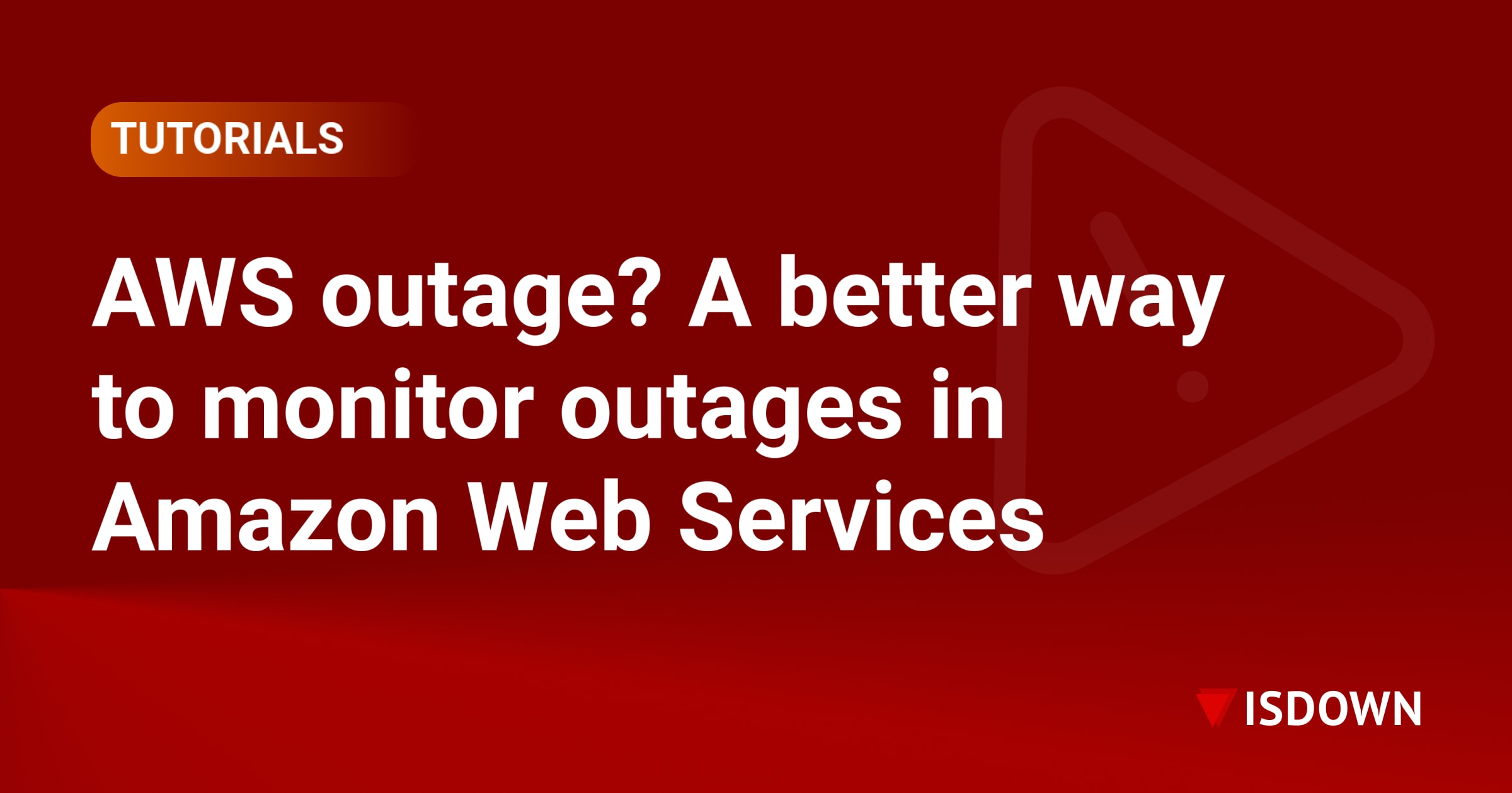Risk Register for SREs: A Practical Guide to Proactive Incident Prevention
A risk register is one of the most powerful tools in an SRE's arsenal for maintaining system reliability. By systematically documenting potential threats to your infrastructure and services, you can shift from reactive firefighting to proactive risk management.
What Is a Risk Register?
A risk register is a living document that catalogs potential risks to your system's reliability, their likelihood of occurrence, potential impact, and mitigation strategies. For SREs, it serves as a central repository for tracking everything from dependency failures to capacity constraints.
Think of it as your team's collective memory of what could go wrong, paired with actionable plans to prevent or minimize damage when risks materialize.
Key Components of an SRE Risk Register
Every effective risk register should include these essential elements:
Risk ID and Description: A unique identifier and clear description of each risk. For example, "Database connection pool exhaustion during peak traffic."
Risk Category: Group risks by type such as infrastructure, third-party dependencies, capacity, security, or human factors.
Probability Assessment: Rate the likelihood of occurrence (Low, Medium, High) based on historical data and system architecture.
Impact Analysis: Evaluate potential consequences including service degradation, data loss, revenue impact, and customer experience.
Risk Score: Calculate by multiplying probability and impact scores to prioritize mitigation efforts.
Mitigation Strategies: Document preventive measures and response plans for each identified risk.
Risk Owner: Assign responsibility for monitoring and managing each risk.
Review Date: Schedule regular assessments to ensure risk evaluations remain current.
Building Your First Risk Register
Start by conducting a comprehensive risk assessment with your team:
Brainstorm Potential Failures: Gather your SRE team, developers, and stakeholders to identify what could go wrong. Consider past incidents, near-misses, and hypothetical scenarios.
Analyze System Dependencies: Map out all external services, APIs, and third-party tools your system relies on. Each dependency represents a potential point of failure.
Review Historical Incidents: Mine your incident history for patterns. What types of failures occur most frequently? Which have the highest impact?
Assess Current Mitigations: Document existing safeguards like redundancy, circuit breakers, and monitoring alerts.
Identify Gaps: Compare your risk inventory against current mitigations to find unaddressed vulnerabilities.
Common Risk Categories for SREs
Infrastructure Risks:
- Hardware failures
- Network connectivity issues
- Data center outages
- Cloud provider disruptions
Capacity Risks:
- Traffic spikes exceeding resources
- Storage limitations
- Database connection exhaustion
- Memory leaks
Dependency Risks:
- Third-party API failures
- CDN outages
- Payment processor downtime
- Authentication service disruptions
Operational Risks:
- Configuration errors
- Failed deployments
- Inadequate monitoring coverage
- Runbook gaps
Security Risks:
- DDoS attacks
- Data breaches
- Unauthorized access
- Certificate expiration
Risk Scoring and Prioritization
Not all risks deserve equal attention. Use a simple scoring matrix to prioritize:
Probability Scores:
- Low (1): Less than once per year
- Medium (2): Several times per year
- High (3): Monthly or more frequent
Impact Scores:
- Low (1): Minor service degradation
- Medium (2): Partial outage affecting some users
- High (3): Complete service failure
Multiply probability by impact to get risk scores ranging from 1-9. Focus mitigation efforts on risks scoring 6 or higher.
Mitigation Strategies That Work
Effective risk mitigation combines preventive measures with response preparedness:
Technical Mitigations:
- Implement redundancy and failover mechanisms
- Set up circuit breakers for external dependencies
- Configure auto-scaling for capacity risks
- Deploy comprehensive monitoring and alerting
Process Mitigations:
- Create detailed runbooks for high-risk scenarios
- Conduct regular disaster recovery drills
- Implement change management procedures
- Establish clear escalation paths
Third-Party Risk Management:
- Monitor vendor status pages for early warning signs
- Implement graceful degradation for non-critical dependencies
- Maintain alternative providers for critical services
- Use tools like IsDown to aggregate third-party status updates
For teams managing multiple external dependencies, tracking vendor reliability becomes crucial. Understanding incident management metrics helps quantify third-party risks and make informed decisions about redundancy needs.
Maintaining Your Risk Register
A risk register only provides value when kept current:
Regular Reviews: Schedule monthly or quarterly reviews to reassess risks and update mitigation strategies.
Post-Incident Updates: After every incident, add newly discovered risks and adjust probability scores based on actual occurrences.
Architecture Changes: Update the register whenever you add new dependencies, deploy major features, or modify infrastructure.
Stakeholder Communication: Share risk summaries with leadership to secure resources for critical mitigations.
Integrating Risk Management Into SRE Workflows
Make risk assessment part of your standard practices:
- Include risk analysis in design reviews for new features
- Add risk register updates to your incident postmortem process
- Use risk scores to prioritize reliability improvements
- Reference the register during capacity planning
- Incorporate high-risk scenarios into chaos engineering experiments
Measuring Success
Track these metrics to evaluate your risk management effectiveness:
- Percentage of incidents caused by identified vs. unidentified risks
- Time between risk identification and mitigation implementation
- Reduction in incident frequency for mitigated risks
- Cost savings from prevented outages
Successful risk management should lead to improved MTTR and MTBF, as you'll catch and address issues before they escalate into incidents.
Tools and Templates
While spreadsheets work for basic risk registers, consider these alternatives as your program matures:
- Jira or Similar: Create risk items as tickets with custom fields for probability and impact
- GRC Platforms: Dedicated governance, risk, and compliance tools for larger organizations
- Custom Dashboards: Build visualization tools to highlight high-priority risks
- Integration with Monitoring: Link risks to relevant alerts and metrics
Common Pitfalls to Avoid
Over-documentation: Don't create risks for every theoretical scenario. Focus on realistic threats with meaningful impact.
Set-and-forget: A static risk register provides no value. Keep it updated and actionable.
Isolation: Share your risk register across teams. Developers and product managers can provide valuable perspectives.
Ignoring Low-Probability, High-Impact Risks: These "black swan" events deserve mitigation strategies even if unlikely.
Conclusion
A well-maintained risk register transforms SRE teams from reactive responders to proactive reliability engineers. By systematically identifying, assessing, and mitigating risks, you can prevent many incidents before they occur and minimize the impact of those that do.
Start small with your highest-priority services, focusing on risks that keep you up at night. As your risk management practice matures, expand coverage and sophistication. Remember that the goal isn't to eliminate all risks—that's impossible. Instead, aim to understand your risk landscape and make informed decisions about where to invest your reliability efforts.
Frequently Asked Questions
How often should we update our risk register?
Review your risk register at least quarterly, with additional updates after major incidents, architecture changes, or when adding new dependencies. High-risk items may need monthly reviews, while stable, low-risk items can be assessed less frequently.
What's the difference between a risk register and an incident log?
A risk register documents potential future problems and their mitigation strategies, while an incident log records actual past failures. Your incident log should inform risk register updates, as patterns in incidents often reveal unidentified or underestimated risks.
How detailed should risk descriptions be?
Risk descriptions should be specific enough to be actionable but concise enough to be quickly understood. Include the trigger condition, affected components, and potential impact. For example: "PostgreSQL primary database failure causing complete write unavailability for user authentication service."
Should we include risks with implemented mitigations?
Yes, keep mitigated risks in your register with notes about the controls in place. Mitigations can fail, and maintaining visibility helps ensure continued monitoring and validates that your controls remain effective over time.
How do we handle risks outside our control?
Document external risks like cloud provider outages or third-party API failures even though you can't prevent them. Focus your mitigation strategies on detection, graceful degradation, and recovery procedures. Consider redundancy options and monitor vendor reliability.
What's a reasonable number of risks to track?
Quality matters more than quantity. Most teams effectively manage 20-50 active risks per major service. If you have hundreds of risks, you're probably tracking at too granular a level. Focus on risks that would materially impact your service reliability or user experience.
 Nuno Tomas
Founder of IsDown
Nuno Tomas
Founder of IsDown
The Status Page Aggregator with Early Outage Detection
Unified vendor dashboard
Early Outage Detection
Stop the Support Flood
Related articles
Never again lose time looking in the wrong place
14-day free trial · No credit card required · No code required




